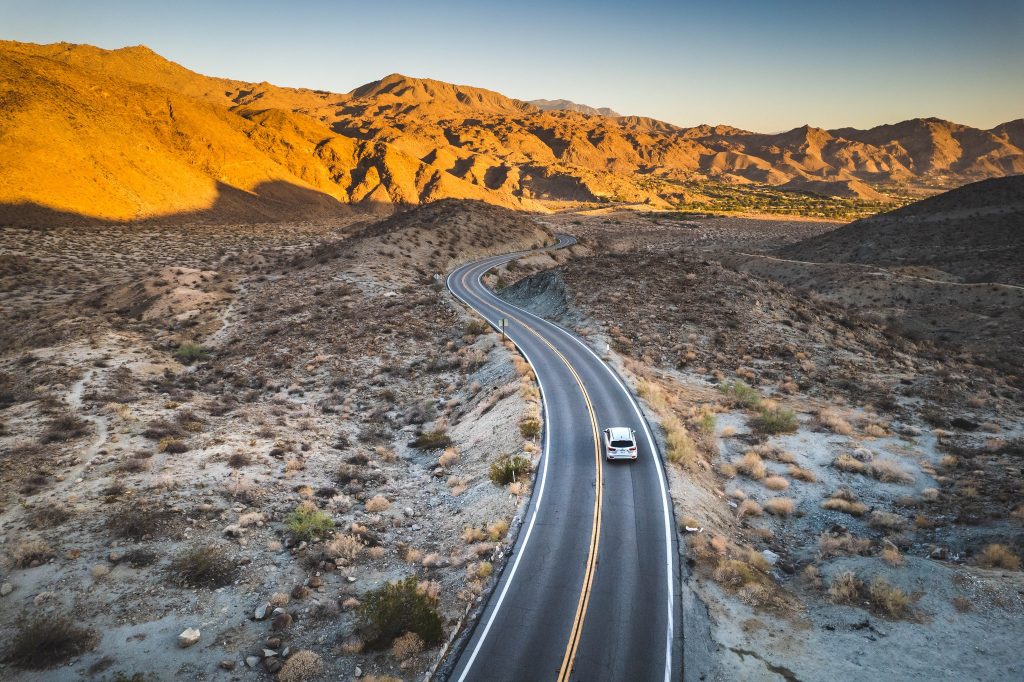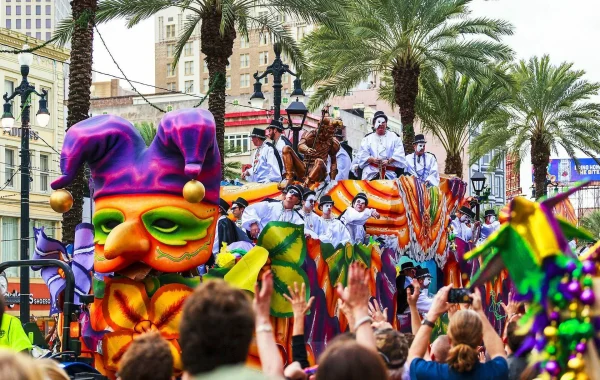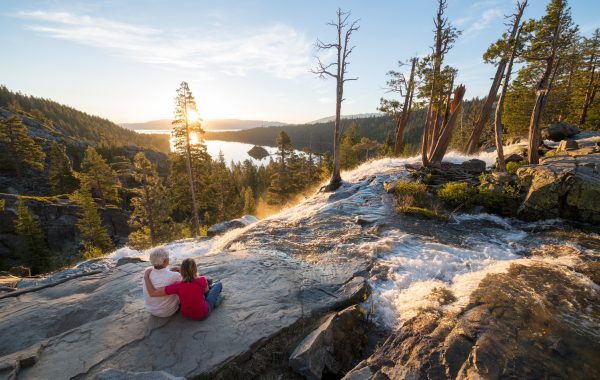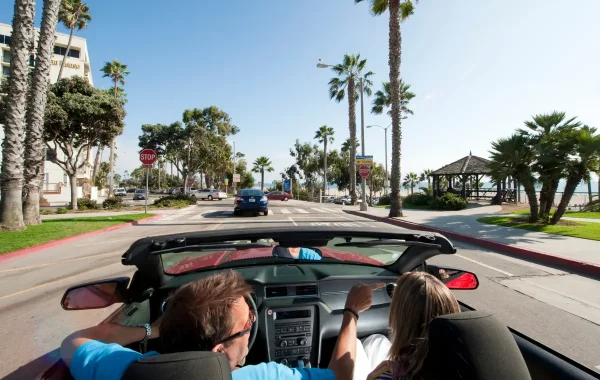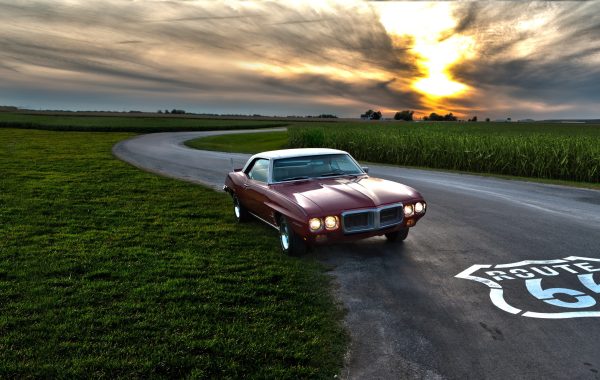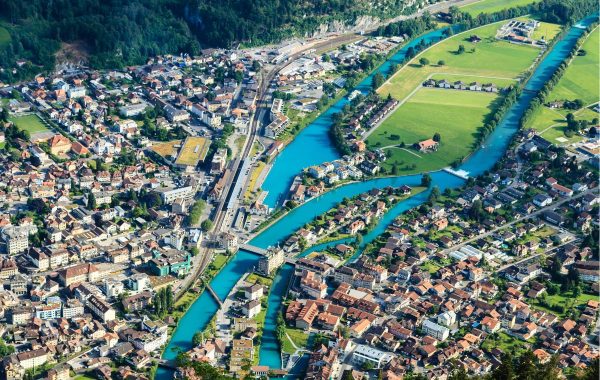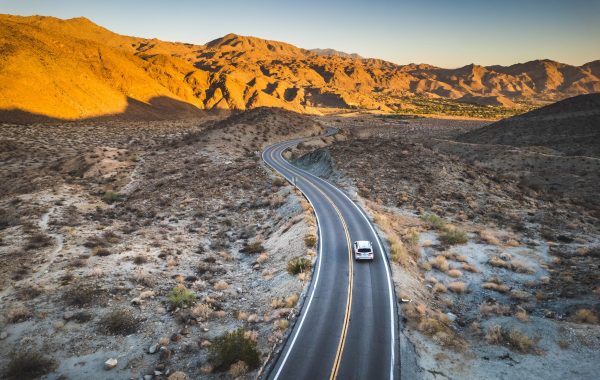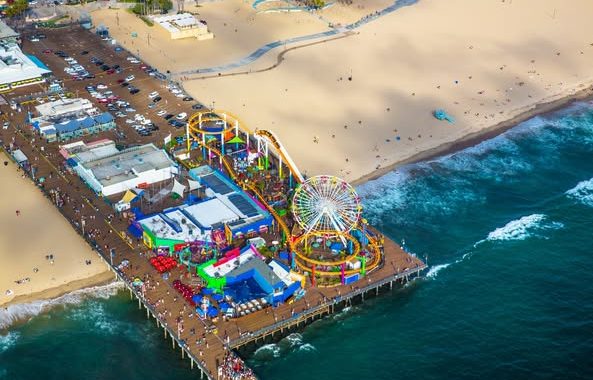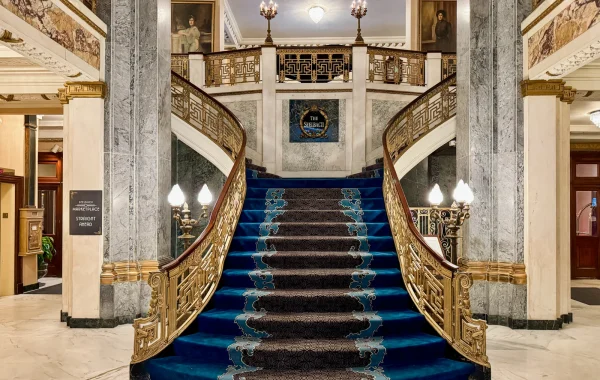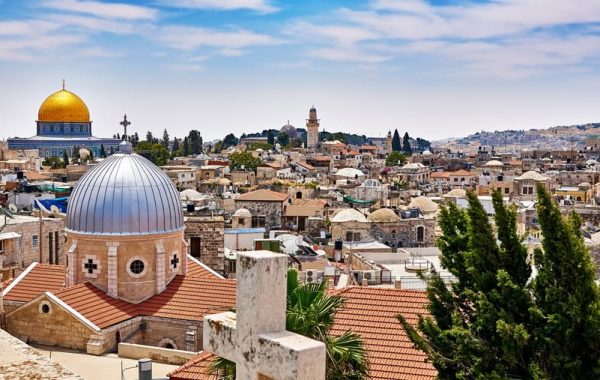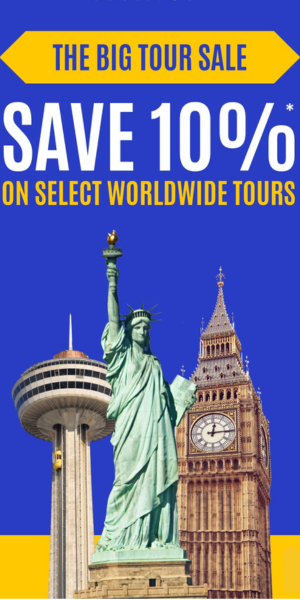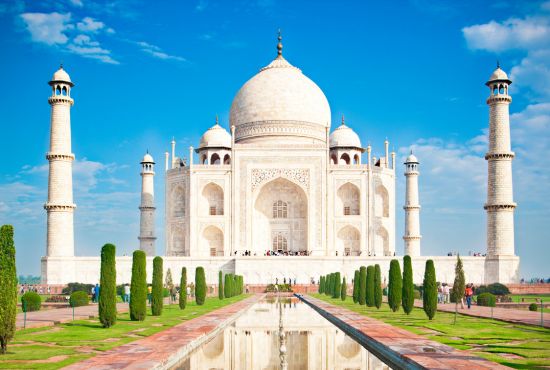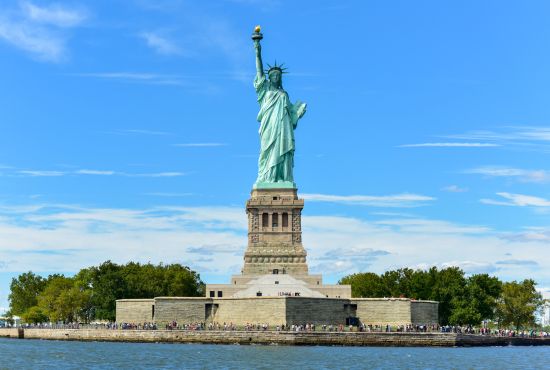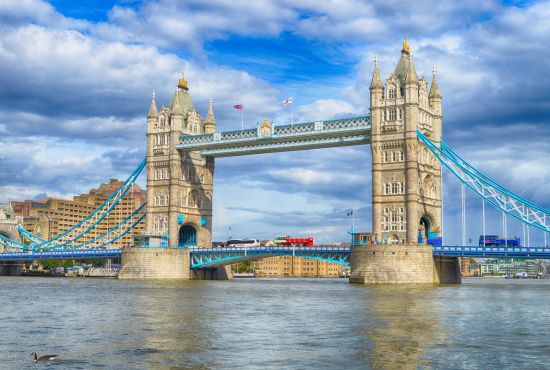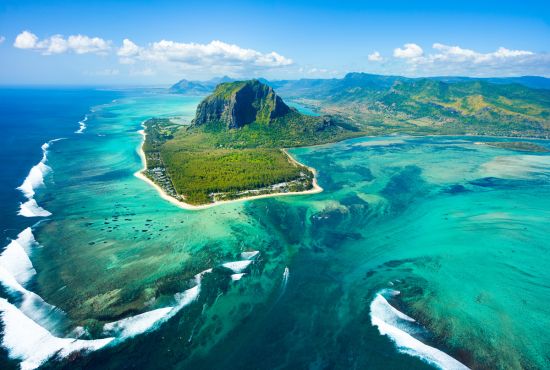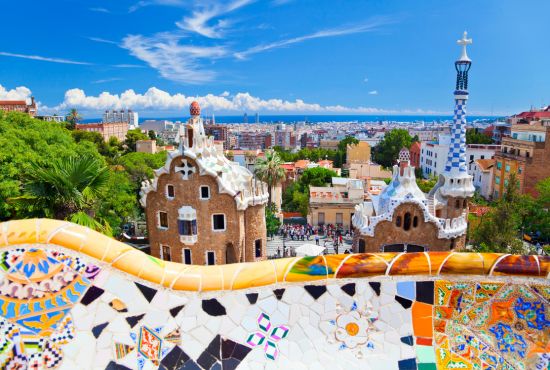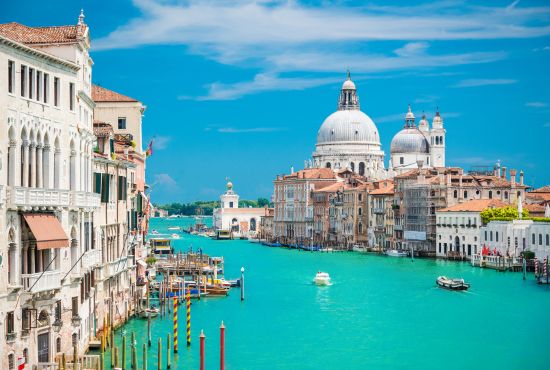Chances are, some of your most iconic Hollywood movie memories were filmed in California—think Indiana Jones, Iron Man, La La Land, or Mission Impossible III. Experience the magic firsthand with a scenic road trip from Los Angeles to Mammoth Lakes. This 591-mile journey, spread across eight diverse stops, takes you through everything from vibrant cities and arid deserts to majestic mountains and national parks—perfectly suited for a 3-to-5-day itinerary.
Stop 1 – Griffith Observatory, Los Angeles
Perched 1,134 feet above sea level on Mount Hollywood, Griffith Observatory is a gift to the city from Griffith J. Griffith, who envisioned a space where the public could enjoy both nature and the wonders of the universe. Since opening in 1935, this landmark has appeared in classics like Rebel Without a Cause and The Terminator. At the Samuel Oschin Planetarium, you can dive into the mysteries of the cosmos—from the Big Bang to the auroras. By day, observe the sun using advanced solar telescopes, and after sunset, gaze at distant stars through the iconic Zeiss telescope.
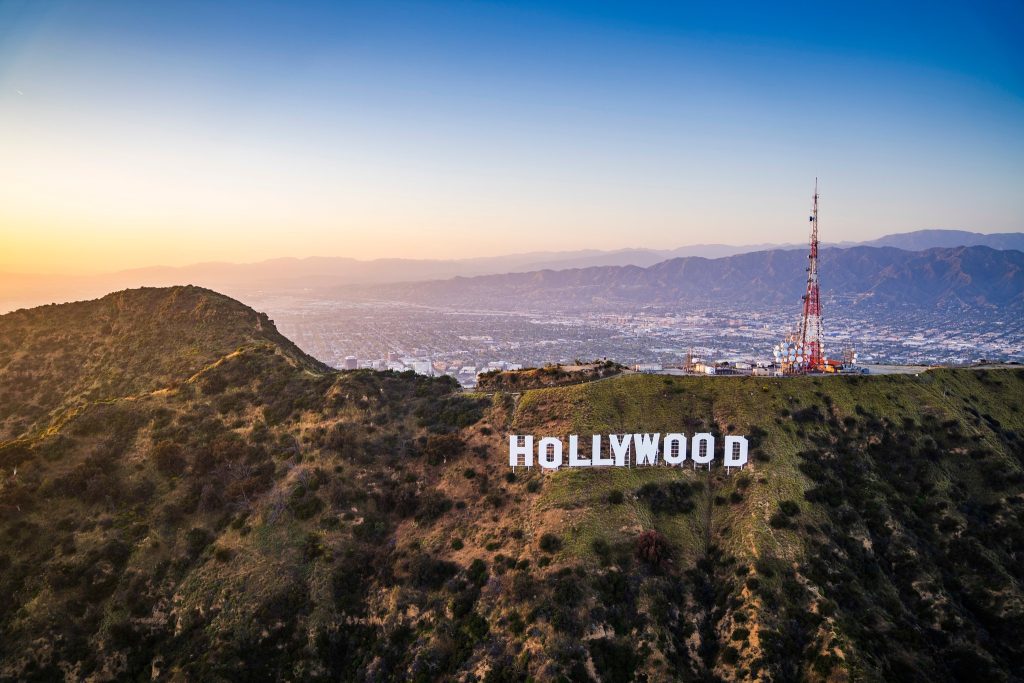
Stop 2 – Angels Flight, Los Angeles
Angels Flight is a historic 117-year-old funicular that proudly holds the title of the world’s shortest railway, transporting passengers 300 feet up the steep incline of Bunker Hill for just $1 each way. With its iconic orange and black cars linking Hill and Olive Streets, it was originally designed to help locals scale one of Los Angeles’ steepest streets—and has since become a beloved landmark. Featured in La La Land during a romantic scene with Emma Stone and Ryan Gosling, it’s a must-visit for film fans. At the top, you’ll find the Water Court shopping area, while the base of the railway leads into Grand Central Market—home to local favorite Sarita’s Pupuseria. For more tips on where to eat and explore nearby, drop by the California Welcome Center in downtown L.A.
Stop 3 – Palm Springs Movie Locations
Located just a short drive from Los Angeles, Greater Palm Springs has long been a go-to backdrop for Hollywood filmmakers. As you approach the city from the west, you’ll pass the iconic wind turbines of the San Gorgonio Pass—famously seen in Mission: Impossible III during a high-stakes helicopter scene. In downtown Palm Springs, the Convention Center served as a performance venue for Bradley Cooper’s character in A Star Is Born. For sweeping views of the Coachella Valley, hop on the Palm Springs Aerial Tramway—featured in thrillers like Skyway to Death and Hanging by a Thread. Want a taste of vintage Hollywood glam? Stay at Casa de Monte Vista, once used as Liberace’s residence in Behind the Candelabra.
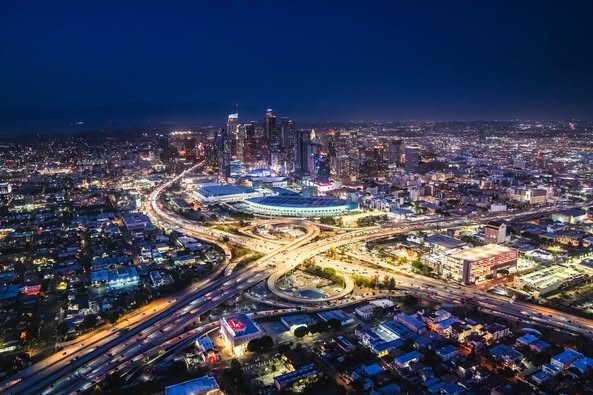
Stop 5 – Death Valley National Park
A land of extremes, Death Valley National Park is home to towering sand dunes, dramatic salt flats below sea level, colorful rock formations, and rare wildflowers. Known as the hottest and driest place in the U.S., summer temperatures can soar past 120°F, while the park averages just two inches of rain annually. Its geography is just as dramatic—ranging from Badwater Basin, 282 feet below sea level, to Telescope Peak, which rises over 11,000 feet. Don’t miss the striking Mesquite Flat Sand Dunes at sunrise, when soft light reveals their sculpted patterns. Zabriskie Point and Golden Canyon are also highlights, with glowing gold-hued rock layers that change with the sun’s angle. Whether you drive up to the viewpoint or hike through the canyon, the landscape is unforgettable. Springtime offers the added treat of spotting rare desert wildflowers in bloom.
Must Read: Discovering Those Eastern Sierra Wonders: Road Trip Routes to Mammoth Lakes
Stop 6 – Museum of Western Film History, Lone Pine
Nestled between Sequoia National Park and Death Valley, the dramatic landscapes around Lone Pine have appeared in over 400 films. The Museum of Western Film History showcases this rich cinematic legacy, featuring props and memorabilia from classics like Samson and Delilah, Gunga Din, and Django Unchained. Visitors can explore vintage vehicles, musical instruments, saddles, and original scripts that celebrate how the rugged beauty of this region helped bring the Old West to life on screen. Before you leave, pick up a map for a self-guided tour along Movie Road, winding through the stunning rock formations of the Alabama Hills with the Sierra Nevada as a backdrop.
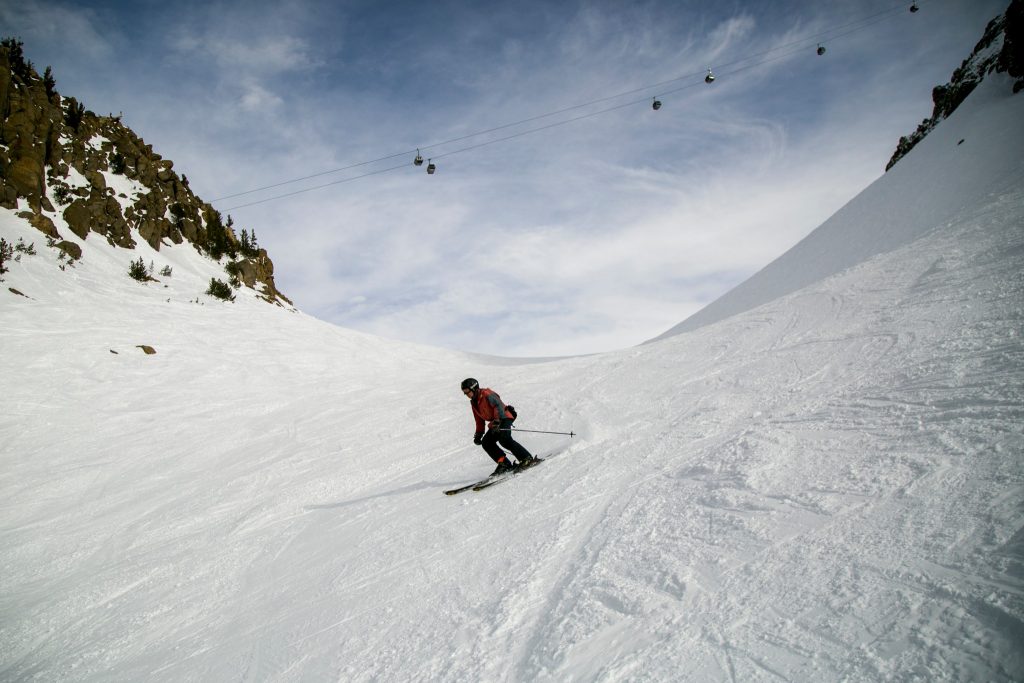
Stop 7 – Lone Ranger Canyon, Lone Pine
One of the most iconic locations along Movie Road, Lone Ranger Canyon in the Alabama Hills has served as the dramatic setting for numerous Hollywood blockbusters. Easily reachable by a short drive along a dirt road, the canyon’s unique rock formations have doubled for landscapes around the world. It’s where Tonto and the Lone Ranger first crossed paths in The Lone Ranger, where Iron Man staged scenes set in Afghanistan, and where Gladiator recreated the Spanish countryside for Russell Crowe’s character. This cinematic hotspot is a must-see for film lovers and nature enthusiasts alike.
Stop 8 – Mammoth Mountain in the Movies
Mammoth Lakes is a lovely and laid-back ski town with the 11,000-foot-tall Mammoth Mountain as its namesake peak. Take to the slopes during the extended season with more than 30 feet of average annual snowfall, the resort has been known to stay open through early summer. In late spring, Mammoth’s lower-elevation trails transform into a mountain biker’s paradise with runs through forested paths. The impressive snowy summit stood in for the Himalayas in Indiana Jones and the Temple of Doom. After ditching their plane, Indy and co. made an improbable descent in an inflatable life raft. There aren’t any white water rafting opportunities in Mammoth, but opportunities for activities like fly-fishing and hot spring soaking abound. Stop by the California Welcome Center – Mammoth Lakes to ask the local staff about more ways to make the most of your visit here.
For latest travel news and updates, food and drink journeys, restaurant features, and more, like us on Facebook or follow us on Instagram. Read more on Travel and Food Network
Related Coverage


